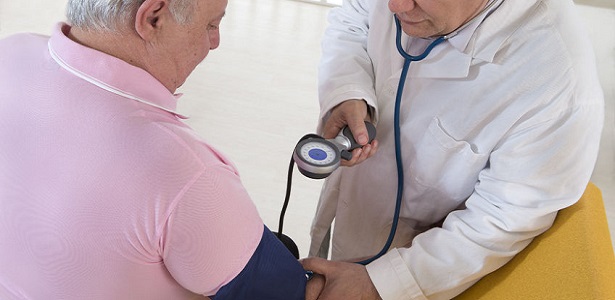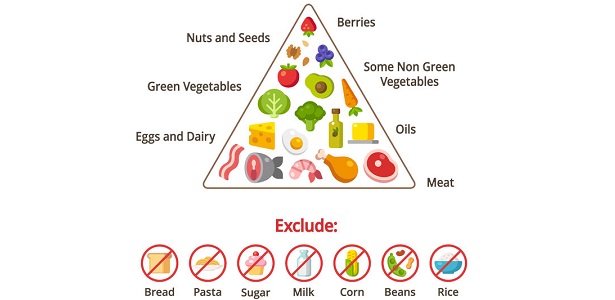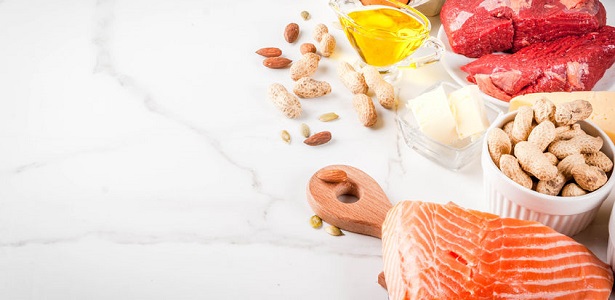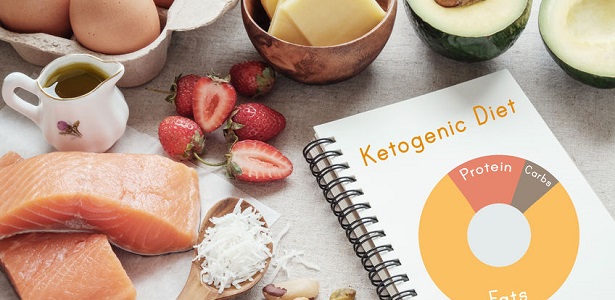Ketogenic Diet For Diabetics
Being overweight is a major risk factor for developing type 2 diabetes. In fact, obesity is believed to account for 80-85% of this risk. In addition, by losing weight, people with type 2 diabetes can become less insulin resistant, and thus better able to use insulin. In other words, if you suffer from type 2 diabetes, and you are overweight, you really should lose weight in order to better control your blood glucose levels and reduce your risk of developing many of the harmful side-effects of diabetes.
How Is The Ketogenic Diet Effective?
Studies have shown that the ketogenic diet – basically a high-fat, low-carbohydrate diet – is highly effective at helping healthy people to lose weight. The main weight reduction power of the diet comes about when your body reaches a state of ketosis – when it starts to burn fat as fuel once all stores of glycogen (carbohydrates) have been depleted. But is it something an individual with type 2 diabetes should consider? After all, the recommended diets for controlling type 2 diabetes generally contain significantly more carbs and far less fat than one would consume on a ketogenic diet.
It is important not to confuse nutritional ketosis – the fat burning state achieved in a ketogenic diet – with the life-threatening diabetic emergency, diabetic ketoacidosis which results from a combination of very high ketones and blood sugar that affects the functioning of vital organs such as the kidneys and liver.
What Is The Ketogenic Diet?
The typical ketogenic diet consists of 75% fat, 20% protein and 5% carbs. That tiny quantity of carbs is essential to ensure the body remains in a state of ketosis and thus continues to burn fat. Reducing your carb intake so drastically doesn’t just mean cutting out bread and potatoes, it also means cutting out rice, pasta, starchy vegetables like pumpkin, carrots and sweet potatoes; and even fruit. Many people find this highly restricted diet difficult to follow or maintain for longer than six to 12 months.
But if you are determined and willing to make enormous sacrifices, there is no reason why a type 2 diabetic should not try it as it could improve their glucose control while helping them to lose weight. It could also be tried, without too much risk, by type 1 diabetics. However, pregnant women suffering from gestational diabetes, or who simply have type 1 or type 2 diabetes, should not attempt a ketogenic diet as their bodies need more nutrients than this diet can provide.
Will The Ketogenic Diet Cure Diabetes?
A question that is often asked by diabetics is whether losing weight will rid them of the disease. Unfortunately, there is no cure for diabetes; nor is there any reliable evidence that any diet, including a ketogenic diet, will reverse your condition. On the other hand, there is also no evidence that a ketogenic diet will cause diabetes and it may help you to lose weight in the short- to medium-term.
However, a word of warning is required. Before you change your diet, which may also result in your having to change your medication regime, you must speak to your diabetes medical team. In addition, as you lose weight, you may need to adjust your medication further.

 Subscribe Now
Subscribe Now







